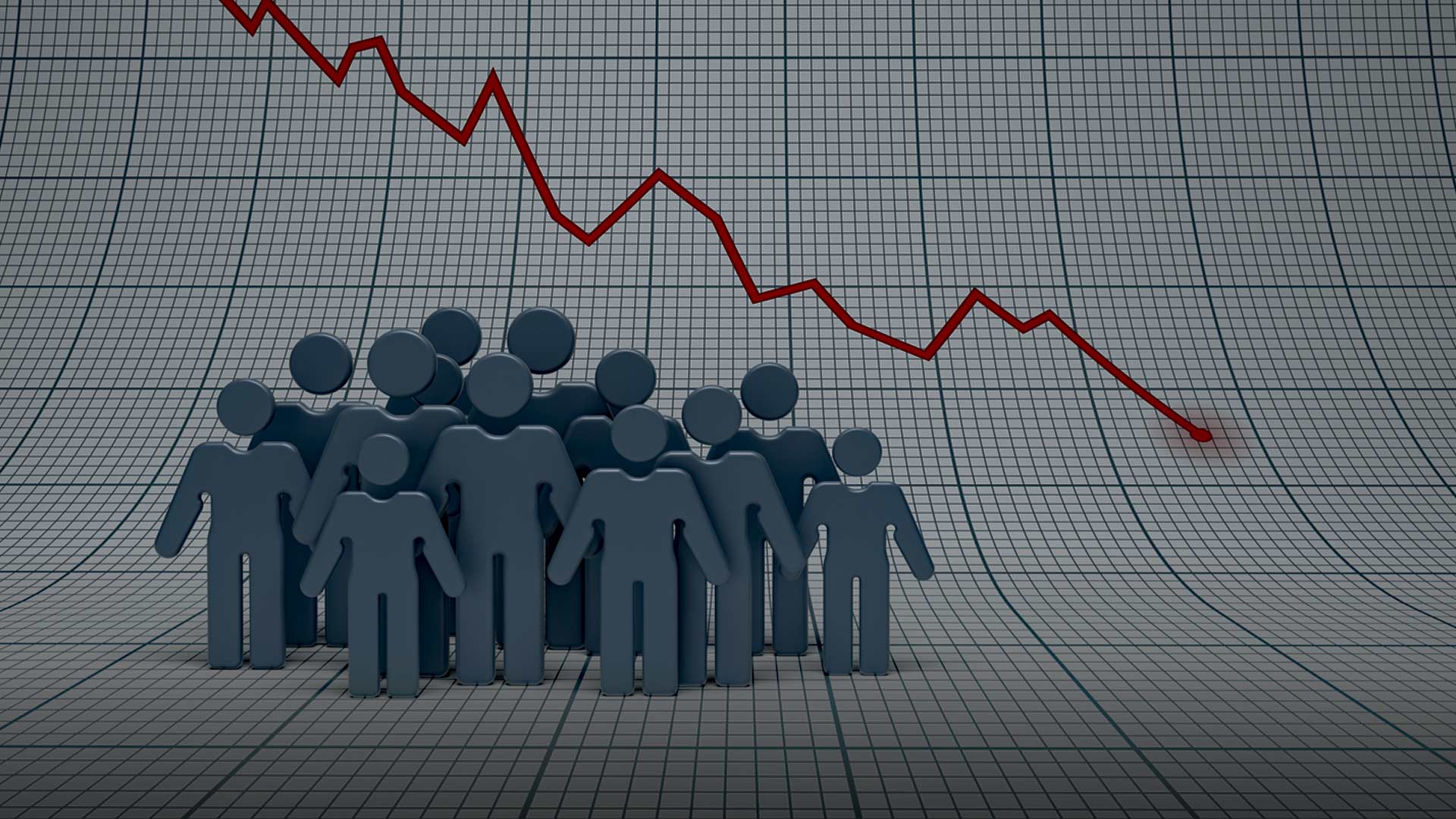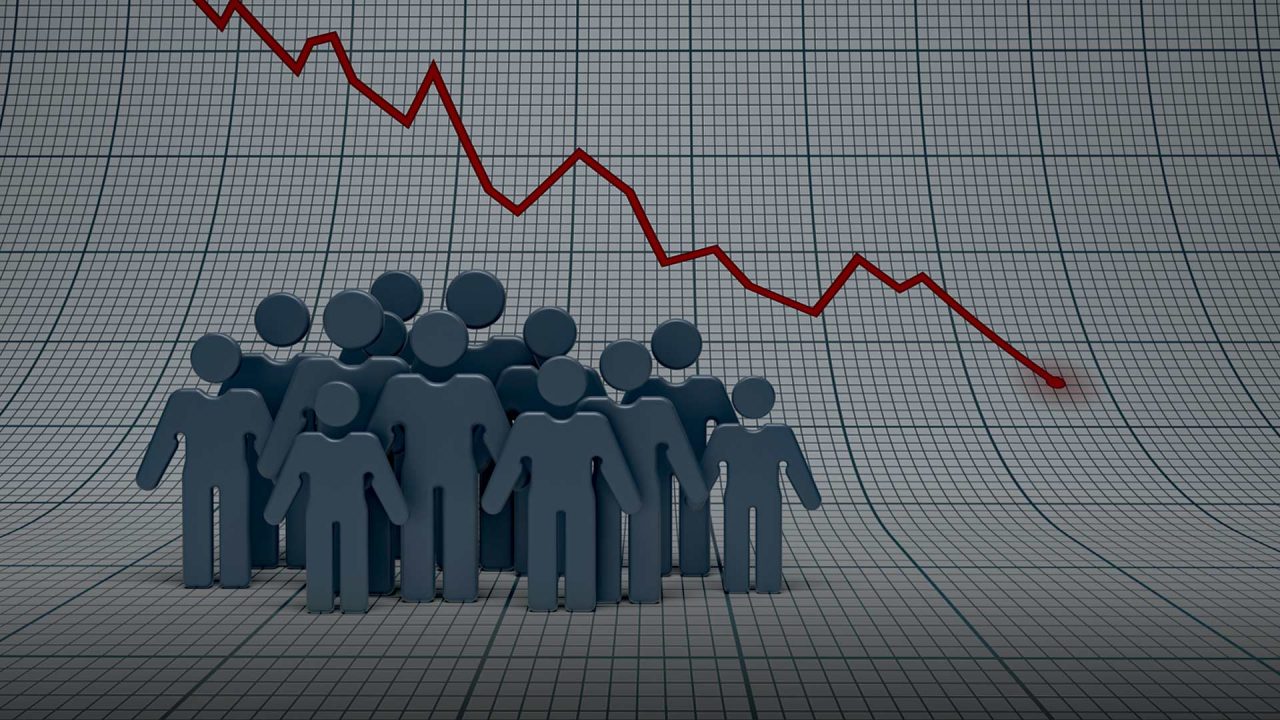
The vast majority of Alaska’s incorporated cities are losing residents, with some nearing the verge of a total population collapse.
According to the U.S. Census Bureau’s annual estimates of 153 incorporated places in Alaska, 91% are in population decline, with 23 having less than 100 people.
Only 13 Alaska communities actual grew, mostly in the Mat-Su and along the Kenai Peninsula.
The U.S. Census data measured population changes from April 2020 to July 2022.
POPULATIONS ON VERGE OF COLLAPSE (2020 to 2022)
— Akhoik City: 67 to 65
— Atka City: 54 to 51
— Anvik City: 73 to 72
— Bettles City: 23 to 22
— Chignik: 94 to 89
— Clark’s Point: 66 to 64
— Cold Bay: 52 to 51
— Diomede: 83 to 81
— Edna Bay: 25 to 25
— Egegik: 37 to 36
— Hughes: 85 to 83
— Kasaan: 29 to 28
— Koyukuk: 97 to 95
— Kupreanof: 20 to 19
— Larsen Bay: 34 to 33
— Pelican: 99 to 92
— Pilot Point: 65 to 62
— Platinum: 55 to 53
— Port Alexander: 74 to 73
— Port Heiden: 99 to 94
— St. George: 63 to 59
— Shageluk: 100 to 98
— Whale Pass: 87 to 85
GROWING POPULATIONS (2020 to 2022)
— Delta Junction: 918 to 941
— Homer: 5,548 to 5,876
— Hoonah City: 951 to 951
— Houston: 1,981 to 2,114
— Kachemak City: 573 to 587
— Kenai City: 7,434 to 7,653
— Nikolai City: 84 to 86
— North Pole City: 2,246 to 2,373
— Palmer: 5,935 to 6,304
— Seldovia: 232 to 242
— Seward City: 2,740 to 2,851
— Soldotna City: 4,355 to 4,518
— Wasilla City: 9,115 to 9,711
Click here to see how the population of each of Alaska’s 153 incorporated communities changed over the past three years.








6 Comments
IS THIS DECLINE FROM THE COVID SHOTS?
Of course. Why would people want to live in a city/town that has nazi-like lock downs and “mandates” (not laws) that infringe on your freedoms? I live in the valley and work in “Stalag 907” (anchorage). The daily commute was mentally draining every day. Not knowing if the company I worked for would be shut down by the “COL Klinks” (anchorage assembly) or not. It came to a point where I requested a “critical employee” letter from the boss, in case the “assembly” decided to get ballsy and order road blocks and check points coming into “enemy territory” (anchorage). The relief each day was crossing the Knik River bridge, knowing that I was back in the free American sector. Ironically, some of those on the “assembly” who forced 71 businesses to close up in Anchorage, were sneaking out to the valley to enjoy the dining and not wearing a mask.
So.. Yes, people from anchorage are moving to the valley because of the bad decisions from the “assembly”.
Remembering dunleavy and his state of the state speech when he said “I want to make Alaska the most prolife state in the union “! We know he is not prolife as defined by antiabortion! What his real agenda is, is to meet his ever expanding growth in government obesity! He knows he can’t keep doing that and loose the tax base! It’s all about money and who he can squeeze it out of! This article indicates a lessening of the population base! Oh my goodness what is the useless governor going to do now?
Support the perverts of course! Tax base, or children? Dunceleavy is not going to protect the children!
All of your listed cities in decline do not have road access, and all of your cities of growth have road access. What an incredible coincidence. Maybe a multi-million dollar scientific study is in order here?
I’m wondering why Anchorage didn’t make the list of losers? We know they lost 5200 students in this last school year.
I wouldn’t be surprised if emigration from Anchorage is where the gains in Mat-Su and the Kenai are coming from